Japan is a country of contrasts — from snow-capped mountains to subtropical beaches — and each season offers its own unique charms. If you’re planning a trip, timing your visit well can make a big difference. Below is a guide to the best times to explore Japan’s many facets.
Spring (March to May) — Cherry Blossom Magic
Spring is perhaps the most celebrated season in Japan, when cherry blossoms (sakura) burst into bloom across the country. In southern areas like Kyushu and Shikoku, the flowers typically emerge in March, while in central Honshu (Tokyo, Kyoto) they reach full bloom in early April, and in Hokkaido the spectacle may arrive in late April to early May. The climate during this period is generally mild, with gentle breezes and comfortable temperatures.
This is also a peak travel time, so if you’re aiming to witness the sakura in full glory, booking accommodations and transport well in advance is wise.
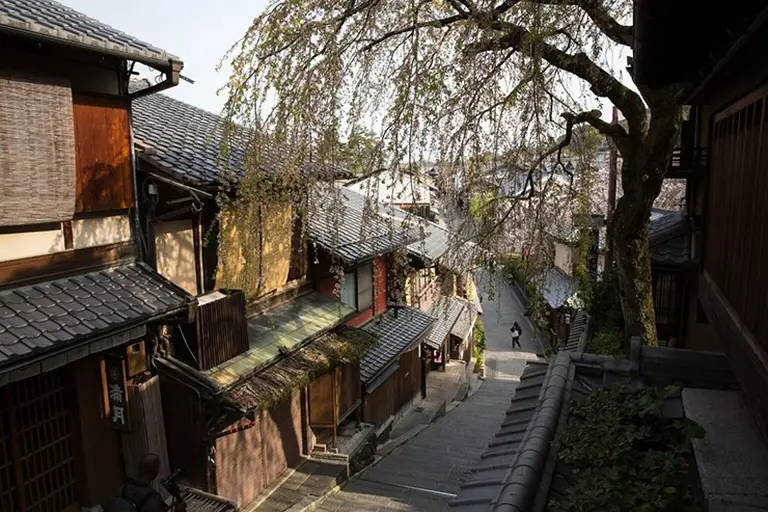
>> Traveling to Japan with Kids – 9 facts every parent should know
Autumn (September to November) — Fiery Foliage & Crisp Skies
After the summer rains, Japan’s fall brings clear skies, cooler air, and vibrant foliage. Leaves turn brilliant shades of scarlet, orange, and gold, especially in mountainous and forested areas. Mid-October through November is widely considered a spectacular period for nature lovers.
In early autumn (September), some regions still experience occasional rain, especially around Tokyo. Vibrant colors tend to peak first in the north or higher elevations before descending southward.
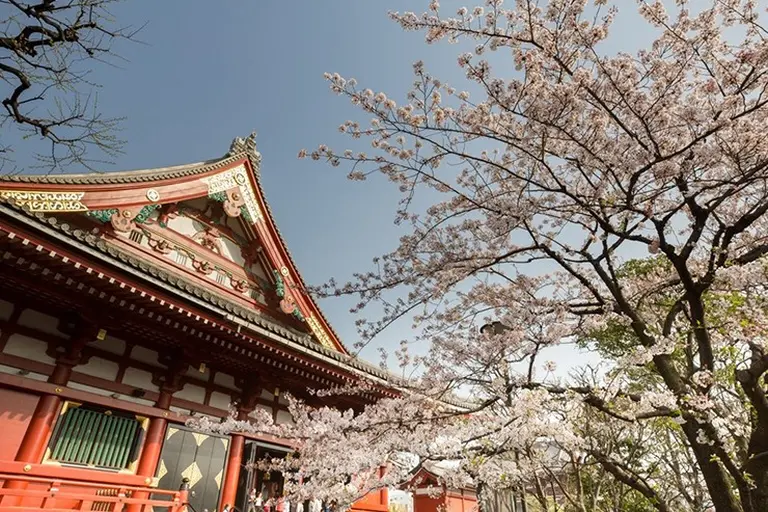
Summer (June to August) — Green Landscapes & Mountain Escapes
Summer in Japan is warm and humid, especially in July and August, and these months also mark the country’s rainy season (particularly in June to early July). Still, this season offers its own attractions: lush greenery, vibrant festivals (matsuri), fireworks, and access to mountain escapes where the temperature is cooler.
Regions like Hokkaido often avoid heavy rain, making them appealing summer destinations. Coastal areas and islands also become lively getaways from the urban heat.
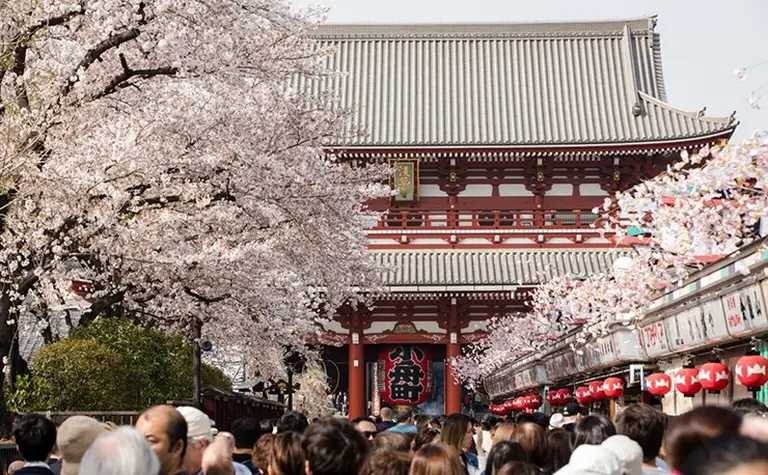
Winter (December to February) — Snow, Silence, and Seasonal Charm
Winter conditions in Japan vary widely depending on the region. In the far north and the Japanese Alps, snowfall is heavy — ideal for skiing, snowboarding, and picturesque snow scenes. In Tokyo and regions further south, temperatures hang around 0–8 °C (32–46 °F), and the air is often dry with fewer rainy days.
>> Things to know before traveling to Tokyo, Japan
If your aim is to avoid crowds and enjoy quieter travel, winter can be an excellent choice — just dress warmly. Also note: unless you are focused on winter sports, late winter (February) can be a calm, off-peak period to visit.
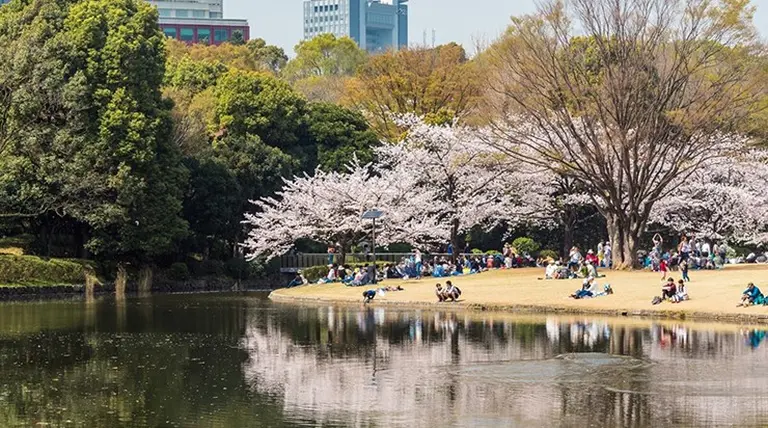
Choosing Your Best Time — A Quick Reference
| Season | Highlights | Considerations |
| Spring | Cherry blossoms, mild temperatures | Very crowded, book early |
| Early Summer | Fresh greenery, fewer tourists | Rainy season in many regions |
| Late Summer to Fall | Festivals, colorful foliage | Typhoon risk, regional variation |
| Winter | Snow landscapes, calm travel experience | Cold weather, limited daylight |
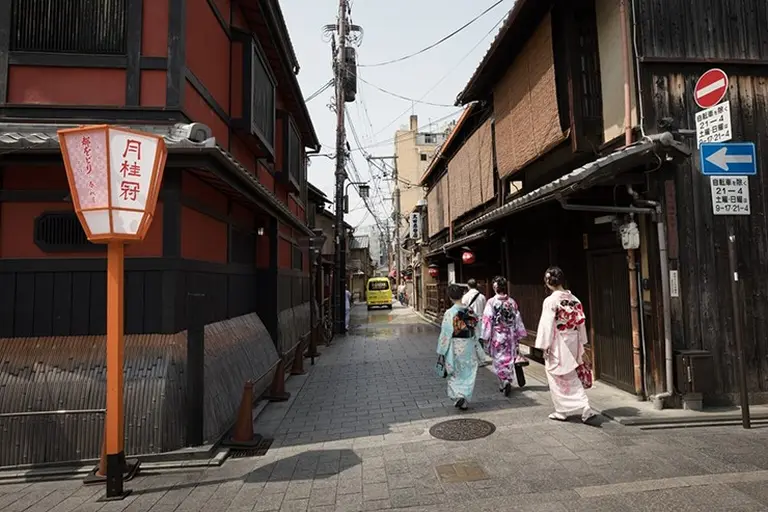
>> 5 things to know before visiting Japan
No matter when you decide to go, Japan always has something to offer — stunning scenery, rich culture, and local warmth. Whether you’re chasing cherry blossoms, autumn hues, or snowy mountain views, plan your trip based on what kind of experience you want. Let me know if you’d like help picking specific regions or tailoring a travel plan based on season!






